A Historical Evaluation of “The King’s Man”
April 5, 2022
“The King’s Man,” from director Matthew Vaughn, is the latest movie from the Kingsman franchise. It was released to mixed reviews in December of 2021, and starred Ralph Fiennes as the movie’s protagonist, named Orlando Oxford, along with his son Conrad Oxford, played by Harris Dickinson. The antagonists of the film are part of a mysterious organization run by a man named “The Shepherd.” His organization, the subtly named “Shepherd’s Flock,” is composed of Grigori Rasputin, Gavrilo Princip, Mata Hari, Erik Jan Hanussen, Alfred Dupont, Vladimir Ilʹich Lenin, Adolf Hitler and the Shepherd himself, a Scot called Maximillian Morton.
Many of the names of the “Shepherd’s Flock” may be incredibly recognizable, and this is because the movie ties in the plot of the film to the real-life events of World War I. With the sole exception of Morton, all of the members of the Flock were key figures in Europe during the war. The way the movie blends together the fictional and historical aspects of this movie is superb. All of the events that take place during World War I still take place in this movie, but under different circumstances.
The most recognizable real life event in the movie is the assassination of Arch Duke Franz Ferdinand, which was the primary trigger for World War I in both the movie, as well as reality. However, the scene is skillfully adapted to include the main characters and the Shepherd’s organization.
Orlando Oxford is a close friend of Ferdinand’s and accompanies him on the infamous car ride, and instead of working for the secret Serbian military group the Black Hand, Gavrilo Princip works for the Shepard. The initial assassination attempt goes horribly wrong, and the protagonists drive away unharmed. Some hours later, Princip sits alone at a cafe contemplating his failure when the driver of the car drives past the cafe and makes a wrong turn into a dead end. This tragic lack of navigation forces the car to reverse back up to the cafe, where Princip draws his gun, killing Franz Ferdinand and his wife. After achieving his goal, Princip is arrested and left in a cell until he is later visited by Oxford seeking answers.
The next historical event to occur is the murder of Rasputin. It is widely agreed by scholars that Rasputin was killed by a group of Russian nobles who, displeased at his influence over the Czar, poisoned Rasputin, then stabbed, shot and drowned him. In the movie however, it is our protagonists who killed Rasputin because he was using his influence on the Czar to advance the goals of the Shepherd and his Flock.
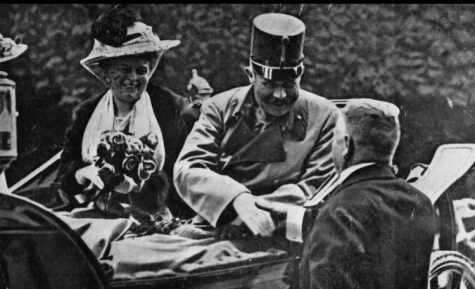
The attempts starts off much like the historical one, with Oxford luring Rasputin away from a feast and tempting Rasputin to sweet cakes laced with cyanide while he performs a strange healing exercise on Oxfords injured leg, but this quickly deviates after Rasputin tastes almonds, indicating that the sweets contains cyanide, and attempts to drown Oxford in the pool on the terrace outside the room. Conrad and one of Oxford’s household servants, a master-at-arms called Shola, burst in and save Oxford by engaging Rasputin in a knife fight. The following struggle is a crazy display of spins and cinematic camera work, and ends with Oxford plunging a sword through Rasputin’s stomach, and a second member of the household, a woman named Polly, shooting Rasputin through the head and sending him sprawling into the pool on the terrace. In reality, Rasputin was only shot in the head and then drowned, but the choreography of the fight makes you forget that minor detail.
As the movie progresses, another important key event and plot point occurs. General Zimmerman sends the Zimmerman Telegram to Mexico at the behest of Erik Jan Hanussen, one of the Shepherds’ agents. The telegram is intercepted by British agents, but is decoded by Polly instead. The information in the telegram is sent to President Wilson, who refuses to join the war, on the basis that the note could be a British fake. Conrad is sent on a secret mission into No Man’s Land to recover the body of the British spy believed to have the original copy of the Zimmerman Note. He is joined by a squad of five other men and one commander. An almost perfect mirror squad of Germans meets them on the battlefield, and a brutal fight scene follows.
In the eerie stillness of No Man’s Land, the men silently throw themselves at each other, slashing and stabbing through mud and gore. After each side has lost nearly all its men, Conrad gets knocked to the ground by the final German when a gunshot rips through the silence. Both sides of the trenches open up, and Conrad is the lone survivor. He retrieves the message but is killed as he enters the trenches. The note is delivered to the president, who still refuses to act. This baffles the protagonist until it is revealed that Mata Hari, a Dutch spy, seduced the president and is keeping the knowledge of their affair a secret as long as the Americans stay out of the war. In truth, Mata Hari never actually seduced the president, but this convenient plot point leads to an incredible closing act that takes place on a rocky spire surrounded by clouds, none of which actually happened in real life. The Shepherd is slain and the tape of the president and Mata Hari is found and destroyed, and the Americans help the British to win the war.
From this point on, the rest of World War I plays out as it did in history, with one small exception. After Lenin, who is also a part of the Flock, takes over from Tsar Nicolas, the Romanovs are taken to Siberia and executed by a young German. This young German turns out to be Adolf Hitler, who is part of the Flock, setting the movie up for a WW2 iteration and continuing the Shepherd’s plans after his death.
All in all, this movie is a collage of plot and history that merges together to create an intriguing spin on the action genre and plays around with history without it losing credibility, all while setting up the modern organization viewers see in the later films.









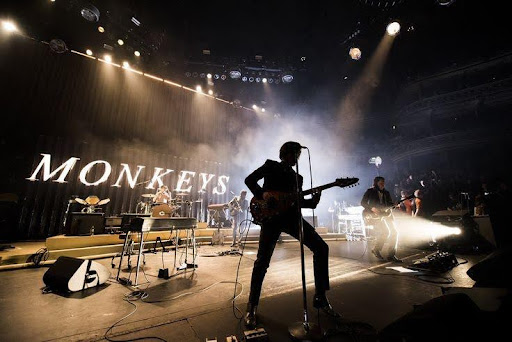



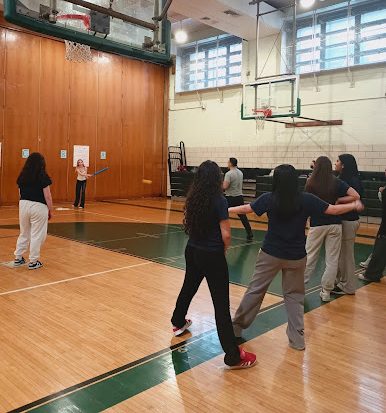





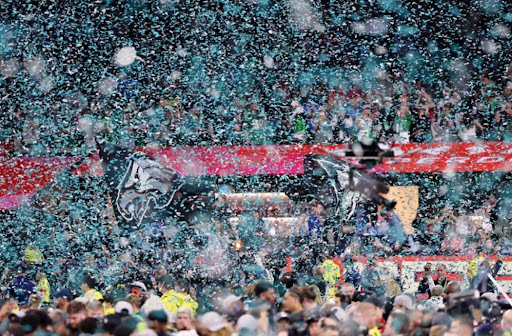






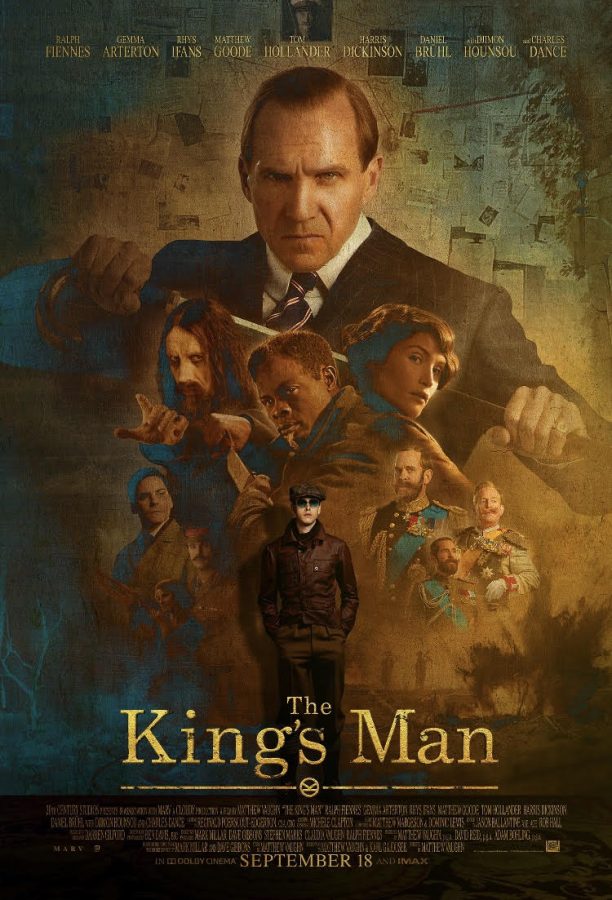
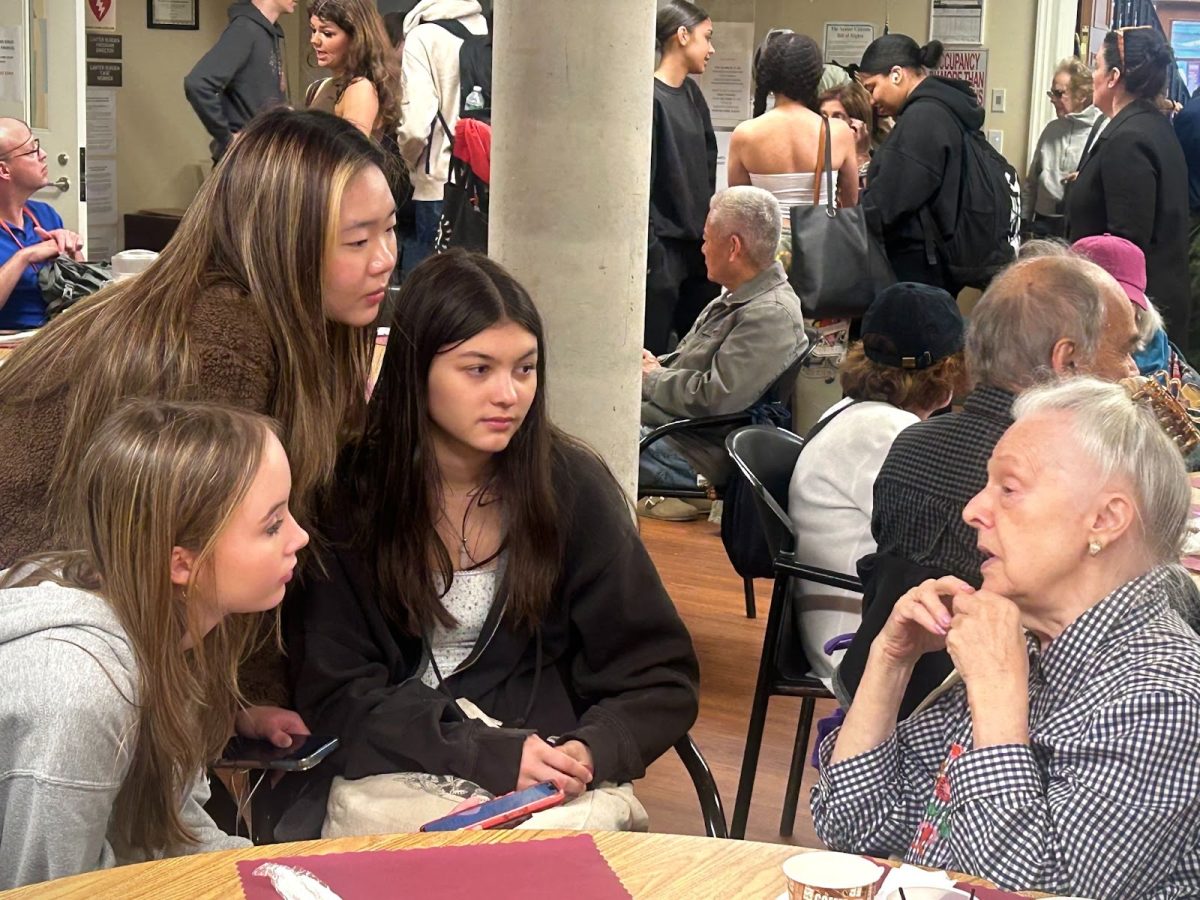
Nicole Chan • Apr 8, 2022 at 10:38 am
That was really interesting!